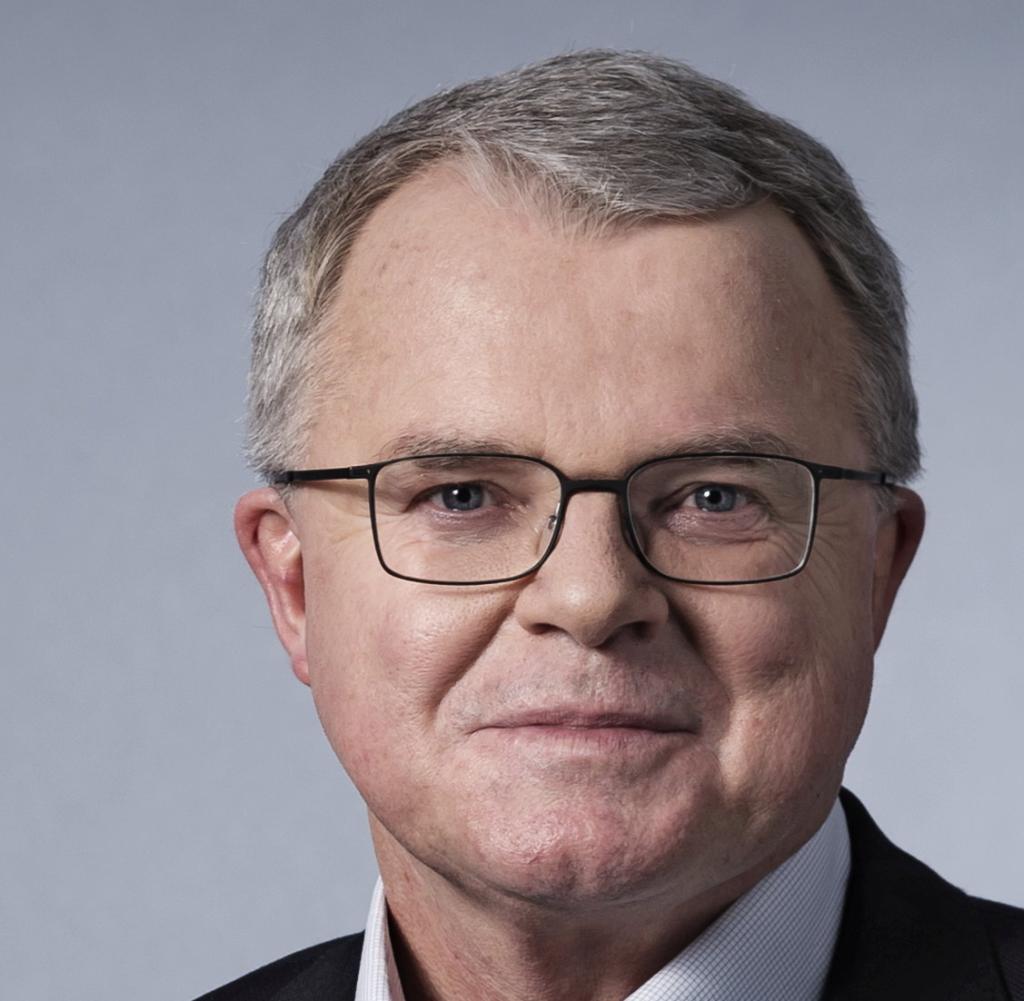The experts at the Swedish Peace Research Institute Sipri see an alarming trend in nuclear weapons. Although the total number of nuclear weapons has been steadily decreasing since the Cold War, the arsenal of immediately deployable nuclear warheads is increasing. Around 3,900 warheads were available for launching from missiles and aircraft in January 2024, 60 more than in the previous year, according to the latest Sipri annual report. Of these, 2,100 were mounted on missiles on high alert, 100 more than in the previous year.
Sipri director Dan Smith is concerned: “We are in one of the most dangerous periods in human history.” He points to the numerous causes of global instability, such as political rivalries, economic inequalities, ecological disruptions and an accelerating arms race. “The abyss is beckoning, and it is time for the major powers to take a step back and think. Preferably together,” says the expert.
The Sipri experts have a handicap when it comes to weapons analysis: Russia and the USA together have almost 90 percent of all nuclear weapons. After the Russian invasion of Ukraine, transparency regarding nuclear forces has decreased, complains Sipri. Some of the information is based on estimates. Sipri also has no conclusive evidence that Russia is stationing nuclear weapons on Belarusian territory.
The Sipri experts assume that there are nine states with nuclear weapons: the USA, Russia, Great Britain, France, China, India, Pakistan, North Korea and Israel. All of them are modernizing their arsenals. The total number of nuclear warheads worldwide in January is estimated at 12,121, which is lower than a year ago (12,512) because old stocks from the Cold War are being reduced. However, the US armed forces and Russia each have a good 1,700 warheads that are more or less immediately ready for use.
It is noteworthy that, according to Sipri estimates, China has expanded its nuclear arsenal from 410 to 500 within a year and will probably continue to increase it. For the first time, China could now deploy a small number of warheads on missiles in peacetime. Sipri experts assume that by the turn of the millennium, China will have at least as many intercontinental ballistic missiles (ICBMs) as Russia or the USA – although its stock of nuclear warheads is still likely to be much smaller than that of these two countries.
“China is expanding its nuclear weapons arsenal faster than any other country,” says internationally renowned nuclear weapons expert Hans M. Kristensen, who heads up nuclear weapons analyses at Sipri. He points out that almost all nuclear-armed states have either concrete plans or significant efforts to expand their nuclear forces.




